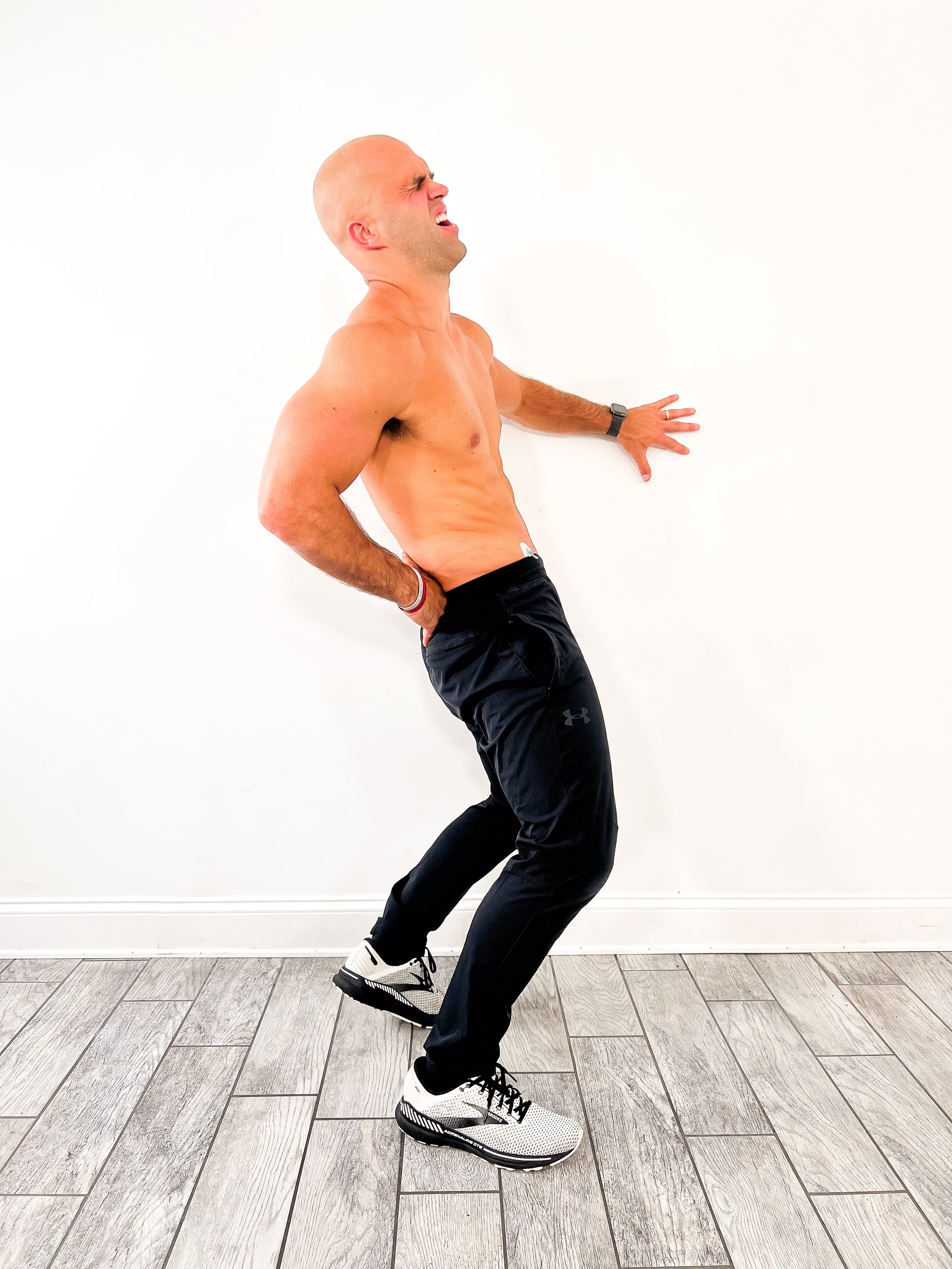The Dos and Don'ts of Jumping: A Guide to Safe and Effective Jumping Technique.
Jumping is a fantastic exercise that can help you improve your cardiovascular health, boost your metabolism, and tone your muscles. However, it's crucial to do it safely and correctly to avoid injury and get the most out of your workout.
Here are some dos and don'ts to follow when performing jumping exercises:
DO: Warm-up before jumping
Before jumping, it's essential to warm up your body. A proper warm-up increases blood flow to your muscles, prepares your joints for movement, and reduces the risk of injury. A good warm-up should include some light cardio exercises like jumping jacks, skipping, or jogging in place, followed by some stretching to loosen up your muscles.
DON'T: Use improper footwear
Make sure you wear proper shoes when jumping. Your shoes should provide adequate support and cushioning to your feet and ankles to prevent any sprains or strains. Avoid jumping barefoot, in sandals, or in shoes that are too worn out.
DO: Keep your knees bent
Keeping your knees bent is a vital technique to remember when performing jumping exercises. When you land from a jump, your body experiences an impact force that can put a significant strain on your joints, especially your ankles, knees, and hips. This impact can lead to joint pain, inflammation, or even injury if you're not careful.
Bending your knees slightly when you land helps absorb some of the impact and reduces the strain on your joints. Think of your knees as shock absorbers that absorb the force of your landing. When you keep your knees slightly bent, you allow your leg muscles to act as shock absorbers and take some of the load off your joints.
Additionally, keeping your knees slightly bent during a jump helps you maintain balance and control. Landing with straight legs can make you unstable and throw off your balance, which can lead to a fall or a twisted ankle. By keeping your knees bent, you lower your center of gravity, which helps you maintain stability and control over your body.
It's important to note that you don't want to bend your knees too much when landing, as this can put undue stress on your muscles and joints. A slight bend is all that's necessary to absorb the impact and maintain control. As you become more experienced with jumping exercises, you'll learn to find the right balance between bending your knees enough to absorb the impact and keeping them straight enough to maintain control.
In summary, keeping your knees slightly bent when landing from a jump is an essential technique to help you absorb the impact, reduce the strain on your joints, and maintain balance and control. By mastering this technique, you can enjoy the benefits of jumping exercises while minimizing your risk of injury.
DON'T: Land with straight legs
Landing with straight legs can put a lot of pressure on your joints, leading to injury. Always bend your knees slightly to absorb the impact.
DO: Engage your core
Your core muscles play a significant role in maintaining balance and stability during jumping exercises. Engage your core muscles by pulling your navel towards your spine before and during a jump. This helps stabilize your torso and prevent any unnecessary strain on your lower back.
DON'T: Overdo it
Jumping exercises can be high impact and put a lot of strain on your body, especially if you're not used to them. Start with low-intensity jumps and gradually increase the intensity and duration of your workout. Always listen to your body and stop immediately if you feel any pain or discomfort.
In conclusion, jumping is a great exercise that can help you achieve your fitness goals, but it's crucial to do it safely and correctly. By following these dos and don'ts, you can ensure that you're getting the most out of your workout without risking injury. Happy jumping!










Reaching a plateau in your fitness journey is a common experience, but it's also a call to action to refine your strategy for continued progress. Integrating higher protein intake, focused strength training, and the principle of progressive overload into your routine can significantly impact your ability to move past stagnation. Our fitness classes are specifically designed to adapt to your evolving fitness needs, ensuring that you're always challenged and never plateau for long.